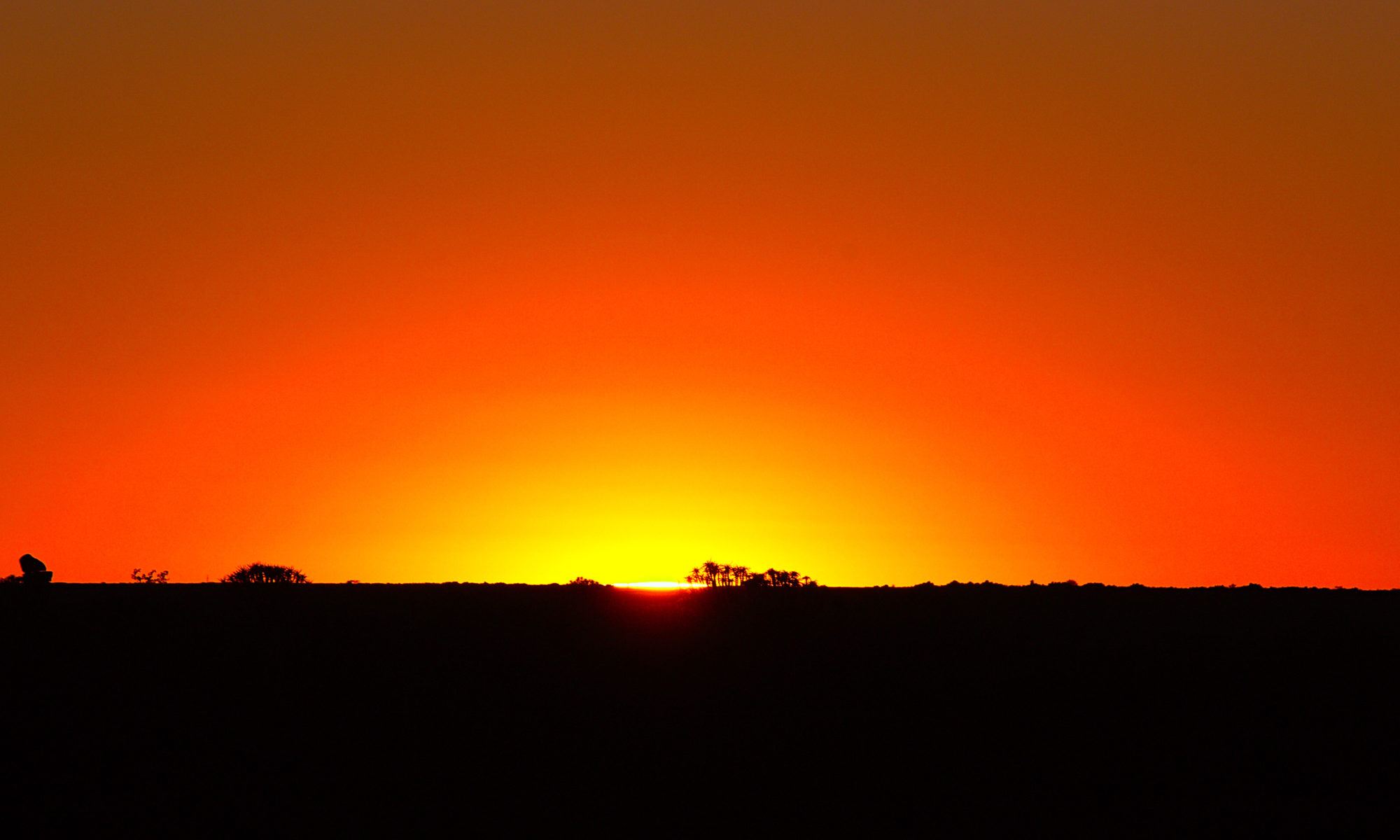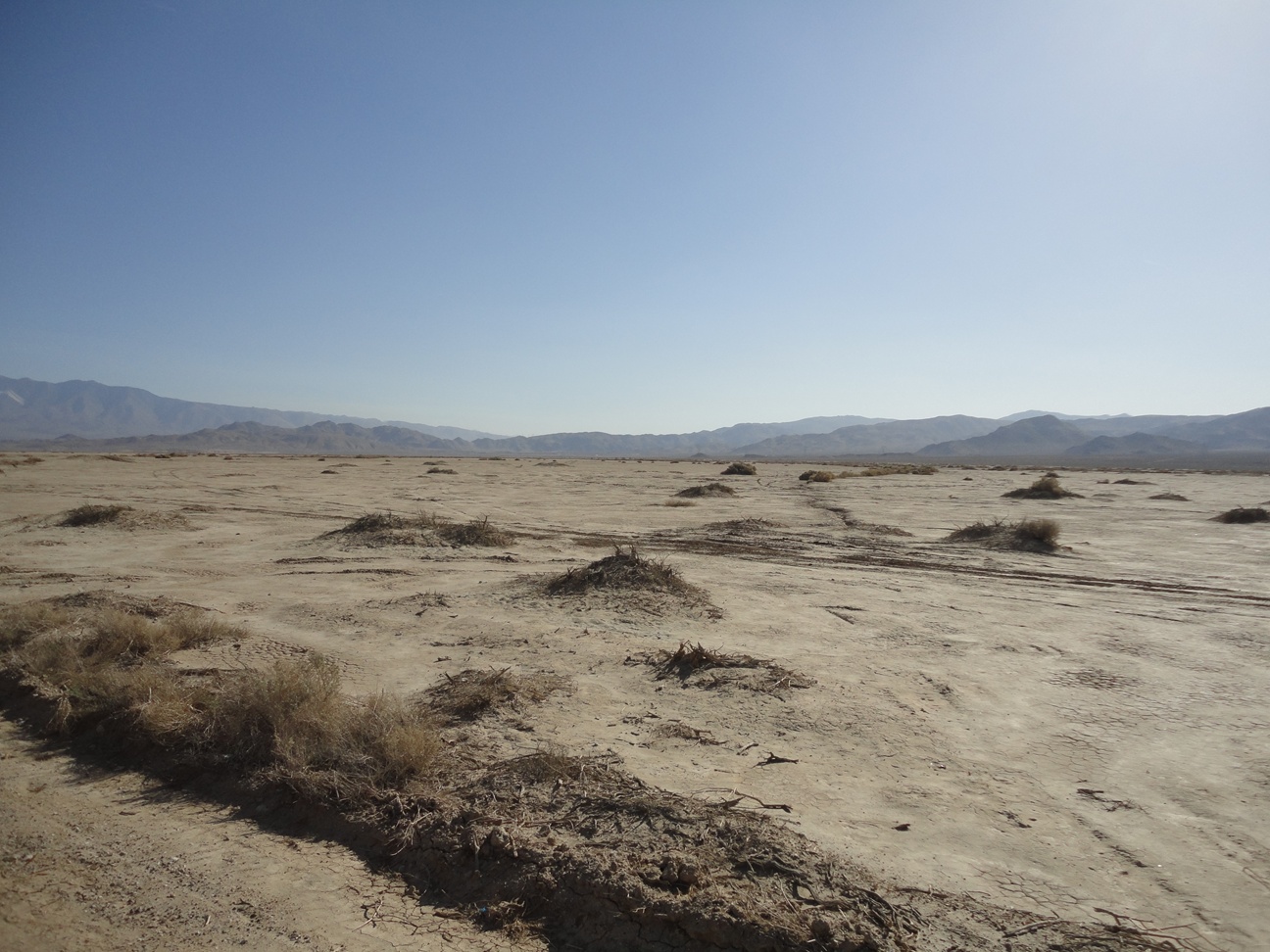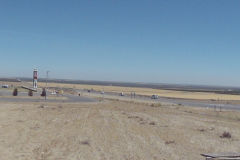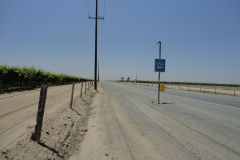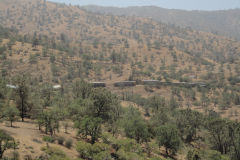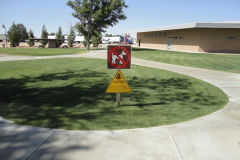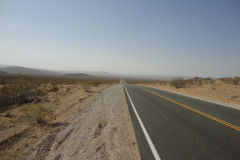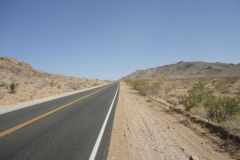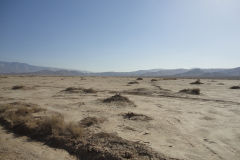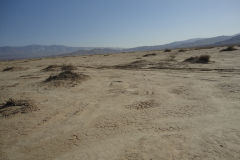The Central Valley of California is a vast and fertile region that stretches from the Cascade Range in the north to the Tehachapi Mountains in the south. The valley is approximately 450 miles long and 60 miles wide and covers an area of about 22,500 square miles. The Central Valley is one of the most productive agricultural regions in the world and is known for its abundant crops of fruits, vegetables, and nuts.
Geologically, the Central Valley is a structural depression that was formed by the movement of tectonic plates. The valley is bordered by the Sierra Nevada mountain range to the east and the Coast Ranges to the west. The valley floor is composed mainly of sediments that were deposited by ancient rivers and streams. The soil in the Central Valley is rich and fertile, and it is ideal for growing a wide variety of crops.
The Central Valley has a Mediterranean climate, with mild winters and hot summers. The valley receives most of its precipitation in the form of rain during the winter months, and it is relatively dry during the summer months. This climate, combined with the fertile soil and abundant water resources, makes the Central Valley an ideal place for agriculture.
The Central Valley is also home to several major rivers, such as the Sacramento River and the San Joaquin River, which provide important habitats for fish and wildlife. The valley is also home to several large lakes, such as Shasta Lake, which is the largest man-made lake in California, and the New Melones Lake, which is a popular spot for boating and fishing.
The Central Valley has a rich history, it has been inhabited by human for thousands of years and it has been shaped by human interaction and natural forces, from the native tribes that lived in the valley for thousands of years to the Spanish settlers that established missions in the area in the 18th century. Today, the valley is home to a diverse population and a thriving agricultural industry.
The Central Valley of California is a vast and fertile region that is known for its abundant crops and rich history. Its geology, climate, and water resources make it an ideal place for agriculture and it is home to a diverse population and a thriving agricultural industry. The Central Valley is an important contributor to California’s economy and it continues to play a vital role in feeding the nation.
History
The Central Valley of California, situated between the Sierra Nevada mountain range and the Coast Ranges, has a long and rich history that spans thousands of years. The valley has been home to many indigenous tribes for thousands of years, including the Yokuts, Maidu, and Miwok, who were hunter-gatherers and lived in small villages along the creeks and rivers of the region. They had a deep connection to the natural world and their way of life was shaped by the valley’s unique geology and climate.
In the 18th century, the Spanish established a number of missions in the valley as part of their colonization of California. The missions played a significant role in the conversion of the indigenous population to Christianity and in the development of the region. After Mexico gained independence from Spain in 1821, the mission lands were secularized and distributed to Mexican citizens. In 1846, the United States annexed California during the Mexican-American War and the Central Valley became part of the U.S.
During the late 19th and early 20th centuries, the Central Valley was primarily an agricultural region, with crops such as wheat, barley, and prunes being grown in the area. However, the valley began to change in the 1930s and 1940s, as the population of the state grew and the demand for water increased. The state built several dams and canals in the valley, including the Central Valley Project and the State Water Project, which provided irrigation and flood control to the region.
In the 20th century, the Central Valley became a major center for agriculture and continues to be one of the most productive agricultural regions in the world, known for its abundant crops of fruits, vegetables, and nuts. The valley is also home to a diverse population, including immigrants from all over the world, who have come to the area to work in the fields and on the farms.
The Central Valley of California has a long and rich history that spans thousands of years. From the indigenous tribes that lived in the valley for thousands of years to the Spanish settlers and the development of the region, the valley has been shaped by human interaction and natural forces. The Central Valley is an important contributor to California’s economy and it continues to play a vital role in feeding the nation. The valley is a melting pot of cultures, and its history is an important aspect of the region’s identity and it continues to shape its present and future.
Geology
The Central Valley of California is a vast and geologically complex region that stretches from the Cascade Range in the north to the Tehachapi Mountains in the south. The valley is approximately 450 miles long and 60 miles wide and covers an area of about 22,500 square miles. The Central Valley is known for its abundance of fertile soil, which makes it one of the most productive agricultural regions in the world.
Geologically, the Central Valley is a structural depression that was formed by the movement of tectonic plates. The valley is bordered by the Sierra Nevada mountain range to the east and the Coast Ranges to the west. The valley floor is composed mainly of sedimentary rocks such as sandstone, shale, and limestone, which were formed by the accumulation of sediment in ancient seas. These rocks are part of the Great Valley Sequence and are rich in fossil remains of ancient marine life.
The Central Valley is also located in an active seismic zone, and it has experienced several moderate to strong earthquakes over the years. The most significant earthquake in the region was the 1989 Loma Prieta earthquake, which caused significant damage in the area. The valley is situated near the San Andreas Fault, one of the most active and well-known faults in the world. This fault line is responsible for the creation of the valley and the formation of the Santa Cruz Mountains and the Diablo Range.
The soil in the Central Valley is mostly composed of alluvium, which is a mixture of clay, silt, sand, and gravel that was deposited by ancient rivers and streams. This soil is rich in nutrients and is ideal for agriculture. The Central Valley is also home to several major rivers, such as the Sacramento River and the San Joaquin River, which provide important habitats for fish and wildlife.
The geology of the Central Valley of California is a complex and diverse mix of sedimentary rocks, tectonic activity, and soil composition. The valley’s geology plays a major role in shaping its climate, ecosystems, and its agricultural productivity. From the ancient marine life that once lived in the region to the active faults and tectonic activity that shape the valley today, the Central Valley’s geology is an integral part of the region’s history and present. Understanding the valley’s geology allows us to appreciate the unique beauty and processes that have shaped the region over millions of years, making the Central Valley of California a truly unique and awe-inspiring place.
